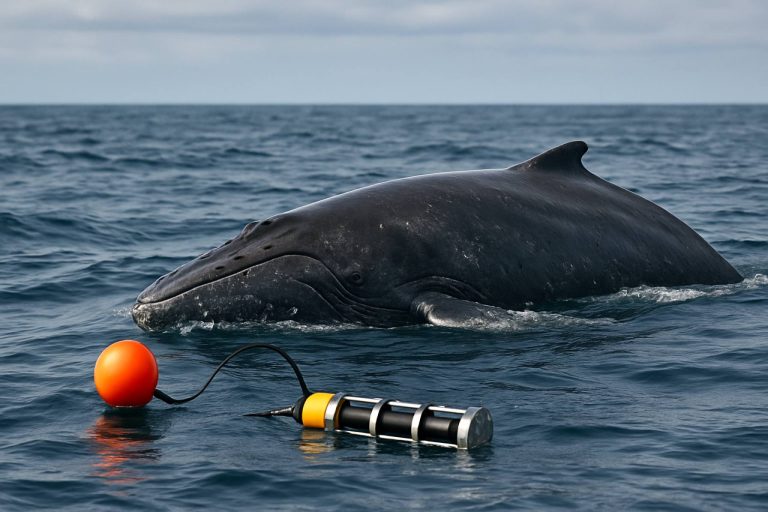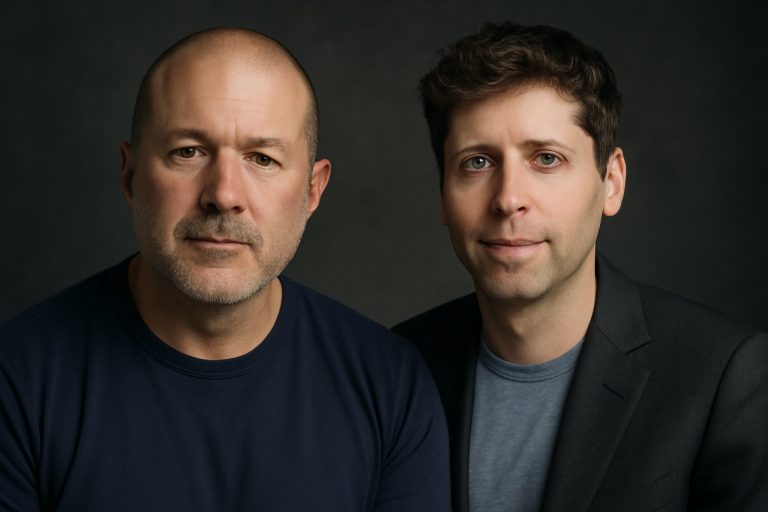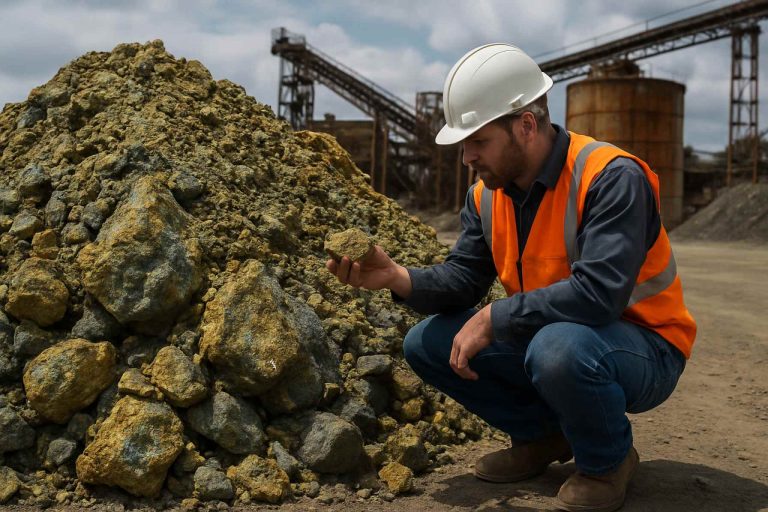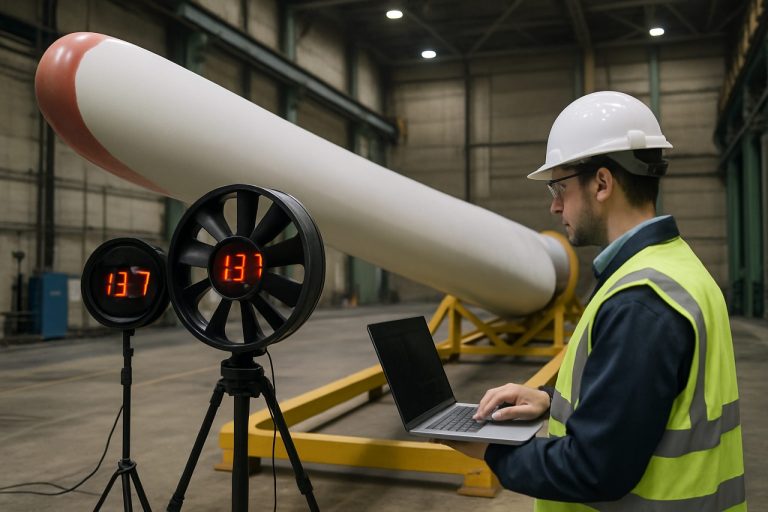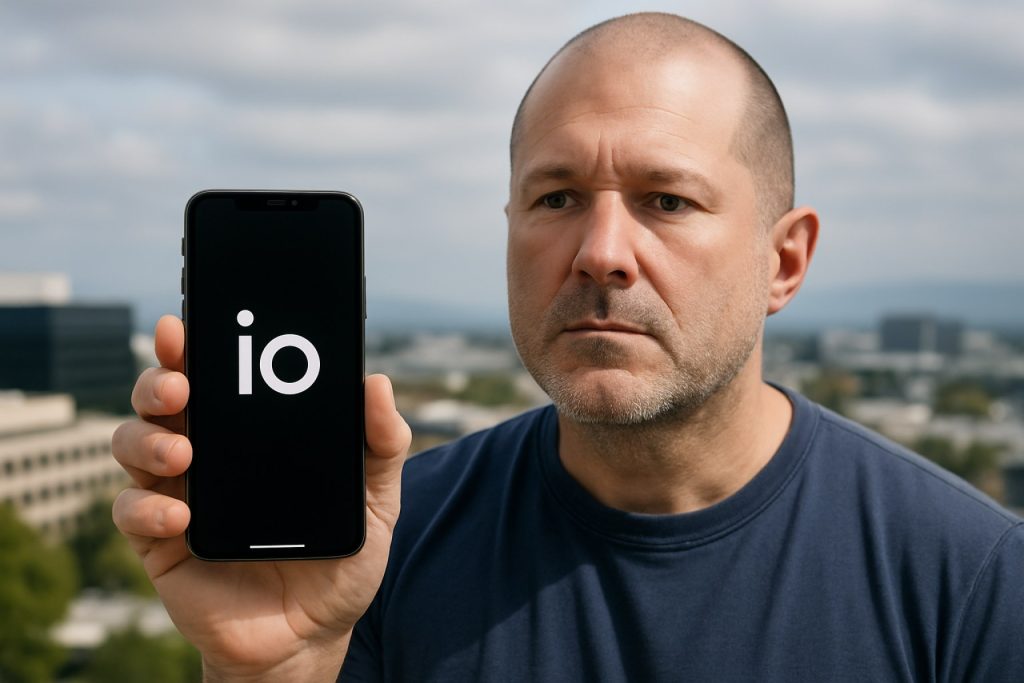
- OpenAI is acquiring hardware startup io, led by legendary designer Jony Ive, for $6.4 billion.
- This partnership merges OpenAI’s AI prowess with Apple-inspired, user-focused design to bring intelligence into physical products.
- Industry anticipation is high, but no products have been revealed yet—details remain closely guarded.
- LoveFrom, Ive’s design collective, will lead design for all OpenAI projects but remain independent; Ive won’t join OpenAI as an employee.
- Backed by Microsoft and SoftBank, OpenAI’s expansion beyond software signals a bold new era for human-AI interaction.
San Francisco’s fog-tinged dawn breaks over the sleek glass towers of OpenAI, where a new chapter in the story of artificial intelligence is being written. The celebrated AI pioneer has just made its boldest move yet, agreeing to acquire the enigmatic hardware startup io for a staggering $6.4 billion. This is more than a business deal—it’s a collision of design mythology and machine intelligence, poised to reimagine how humans and AI interact.
The creator behind io needs little introduction. Jony Ive, whose fingerprints grace every curve of the modern Apple era, has been quietly shaping a new dream. The man who enchanted the world with the first translucent iMac and sculpted icons like the iPhone, iPod, and Apple Watch has assembled a band of visionaries under his LoveFrom collective. Now, in a twist few predicted, his newest creation will fuse its DNA with OpenAI’s cutting-edge brainpower.
In a brief yet tantalizing blog post, Sam Altman and Ive described a journey of “friendship, curiosity and shared values”—a partnership two years in the making. “Tentative ideas and explorations evolved into tangible designs,” they hinted, leaving industry insiders speculating about what futuristic artifacts might soon emerge from their San Francisco workshops.
The acquisition of io is more than a landmark transaction for OpenAI—it signals the company’s intention to push beyond software into the physical realm. For years, OpenAI has set the pace for generative AI, stoking awe and anxiety with technologies like ChatGPT. But the hardware frontier has remained stubbornly out of reach, until now. The merger of Altman’s AI visionaries with Ive’s revered design minds promises to bring intelligence into our hands, homes, and daily rituals as never before.
- Io’s design roots trace directly back to Apple’s zen-minimalism: simplicity balanced with bold imagination.
- OpenAI’s research teams are already enriched by world-class hardware talent like Caitlin “CK” Kalinowski, who previously led Meta’s AR glasses initiative.
- Microsoft and SoftBank—tech industry titans—continue to throw their weight behind OpenAI, buoyed by a sky-high $300 billion valuation.
Still, for all the excitement, much remains shrouded in mystery. Neither OpenAI nor io have unveiled a single product. Industry watchers are left hunting for easter eggs—a passing mention that LoveFrom is designing its own headquarters to foster future creations, or that the io team will “work more intimately” with engineers in OpenAI’s San Francisco base.
Ive’s influence will loom large, but he won’t be joining OpenAI as an employee. Instead, LoveFrom will helm design across all OpenAI projects, infusing each detail—every pixel and every package—with an artist’s obsession for how technology feels, not just how it works. The new entity joins a roster of high-profile LoveFrom clients including Christie’s, Airbnb, and Ferrari.
The story unfolding between OpenAI and io transcends valuation figures and corporate jargon. It is a tale spun from ambition and wonder—a world where the boundary between imagination and reality blurs. While the partnership’s end product remains cloaked, one thing is certain: with OpenAI and Jony Ive joined at the creative helm, the stage is set for a future that may look—and think—like nothing we’ve seen before.
The Shocking Truth About OpenAI’s $6.4 Billion Io Deal—What You’re Not Hearing
While the merger of OpenAI and the enigmatic io promises a revolution in the way we interact with artificial intelligence, there are key upsides, downsides, and unresolved questions that deserve a closer look.
-
Pros
- Design Brilliance Unleashed: With visionary Jony Ive—the man behind iconic Apple products—steering design, the partnership is set to push the boundaries of device elegance and user experience.
- Hardware Meets Intelligence: The synergy between world-class design from io and state-of-the-art AI research from OpenAI opens possibilities for groundbreaking, user-friendly AI hardware.
- Unprecedented Industry Support: Backing from tech giants like Microsoft and SoftBank underscores confidence and resource depth.
-
Cons & Limitations
- Vaporware Risk: Despite sky-high expectations, neither OpenAI nor io have revealed a single tangible product—raising questions about timelines and deliverables.
- Integration Uncertainties: With LoveFrom leading design but not formally joining OpenAI, reporting structures and accountability may get complicated.
- Creative Control Dilemmas: As high-profile partners clash over vision, there’s potential for creative friction rather than synergy.
-
Controversies
- Secrecy Over Substance: The partnership has been long in the making, but its details—and concrete benefits—remain under wraps, fueling speculation among industry observers.
- Outsider Design Leadership: Relying on an external collective like LoveFrom rather than internal hires may spark debate about alignment and corporate culture at OpenAI.
- Stoking the AI Hype Machine: With a $6.4 billion deal and a $300 billion valuation, expectations may have outpaced reality, amplifying the risk of public disappointment if the first products underperform.
In summary: While the collaboration has stirred excitement across the tech world, only time will tell whether it produces paradigm-shifting products or remains yet another hyped story in Silicon Valley’s long history of bold bets.
You Won’t Believe What’s Next: Future Trends and Forecasts Following the OpenAI-Ive Merger
-
AI-Infused Hardware Revolution
The fusion of OpenAI and LoveFrom signals the dawn of intelligent devices designed from the ground up. Analysts expect everyday products—from personal assistants to home devices—to become seamlessly “AI-native,” evolving far beyond current smart speakers or wearable gadgets.
-
Design-Driven AI Experiences
With Jony Ive shaping every detail, the next wave of technology is forecast to prioritize how AI feels, not just performs. Expect bold minimalism and tactile interactions, where the combination of form and intelligence redefines product categories across the board.
-
New Industry Benchmarks
Rival tech giants like Microsoft and SoftBank will likely double down on hardware-innovation investments as they look to match OpenAI’s momentum. This could spur a competitive race in AI-powered consumer products, influencing how millions interact with technology daily.
-
Expansion Into Luxury and Creative Sectors
The partnership’s reach may extend to elite brands—think Ferrari, Airbnb, and Christie’s—leveraging AI to personalize, augment, and even curate luxury services and creative experiences.
-
Unprecedented Valuations
With OpenAI already valued at $300 billion, the market forecasts a surge in investor interest for companies injecting fresh design thinking into artificial intelligence, potentially rewriting the balance of power in Silicon Valley.
-
Bold Workspace Experiments
Watch for pioneering offices and studios—like the new LoveFrom headquarters—to serve not just as design hubs but as blueprints for collaborative innovation, setting trends for future tech workspaces worldwide.
From invisible UI to intelligent environments, the next years promise a leap into a reality where art and AI are inseparably fused—crafted by some of the world’s most visionary minds.
